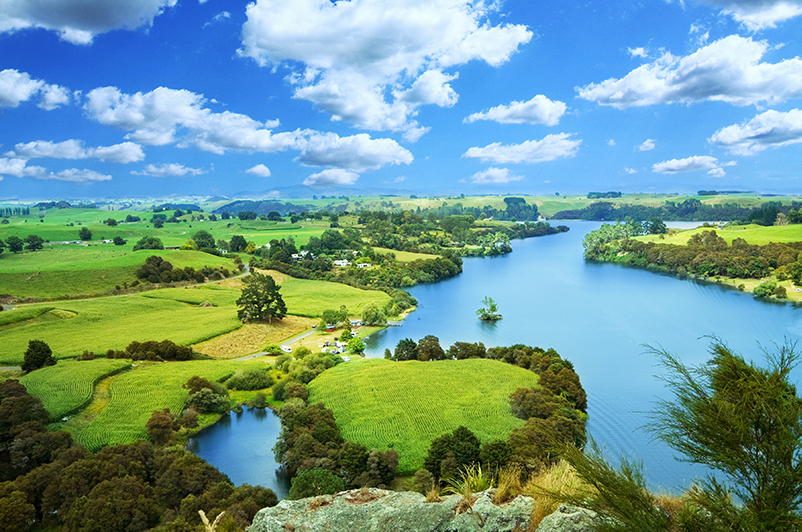Isabel Leeming, Communications and Engagement Advisor at Beca, has drawn AgScience’s attention to the TAIAO team’s development of the first comprehensive New Zealand-specific species classifier through Artificial Intelligence (AI).
TAIAO (shorthand for Time-Evolving Data Science / Artificial Intelligence for Advanced Open Environmental Science) is a $13 million programme over seven years funded by the Ministry of Business, Innovation, and Employment (MBIE).
The programme is a collaboration between the Universities of Waikato, Auckland and Canterbury, Beca and Met Service and includes data scientists, data engineers and environmental scientists.
TAIAO aims to advance the state-of-the-art in environmental data science by developing new machine learning methods for time series and data streams that are able to deal with large quantities of big data in real-time, which are tailored to deal with data collected on the New Zealand environment.
It will build a new open-source framework to implement machine learning on time series data, provide an open available repository with datasets to improve reproducibility in environmental data science, and build capability in fundamental and applied data science, accessible to all New Zealanders.
Isabel Leeming told us members of the TAIAO project at the Universities of Waikato and Canterbury used a data set of over 1.2 million expert-annotated images to train AI to identify New Zealand’s plants, animals, and fungi.
The programme recognises unique features in photos of species large and small, from Hector’s dolphins to striated ants, and returns the scientific name, common names, and other related classifications.
When downloaded, the app can identify wildlife wherever the user is, even if they don’t have an internet connection, but there is also a web classifier with more powerful models and visualisations.
Project co-lead Dr Varvara Vetrova, a Senior Lecturer in Statistics at the University of Canterbury, says she is proud of the team’s achievement.
“I’m really delighted with the outcome of our research. There isn’t any other tool out there that’s been tailor made for New Zealand wildlife, or can identify as many New Zealand species, as ours.”
Dr Vetrova, who previously worked for Landcare Research, conceived the idea of AI-based classifiers for New Zealand species while she was at the Knowledge Discovery and Data Mining conference in Sydney in 2015.
“I was listening to a presentation about AI, specifically about deep neural networks, and then the idea clicked – to combine Landcare collections and machine learning to automatically identify species and help biosecurity,” she continues. “I was so excited about the idea; I literally couldn’t sleep.”
Dr Vetrova later in the year presented her idea at a University of Waikato event, where she met computer scientist Professor Eibe Frank and began a fruitful collaboration.
“We kept in touch and Varvara obtained MBIE funding for a three-year project called ‘Biosecure-ID: Machine learning to automate image-based identification of NZ species’,” says Professor Frank.
Together, the duo set up a team, including Associate Professor Michael Cree at Waikato, Landcare experts in systematics, Canterbury Masters student Sheldon Coup, and Waikato Honours student Jeff Mo, to bring the project to life.
“Our focus in this early work was to use AI to distinguish between species in specific subgroups of the Landcare collection, such as moths and coprosma, but Jeff also looked at large-scale classification.”
Further work driven and funded by the TAIAO project led by Professor Albert Bifet at Waikato enabled the team, now including PhD student Hongyu Wang and research programmer Paul Schlumbom, to develop the models and software for the comprehensive classifiers available today.
To learn more and test out the web classifier, click here. The app ‘Aotearoa Species Classifier’ is available on the App Store and expected to be available on Google Play early this year.
Source: Beca.












